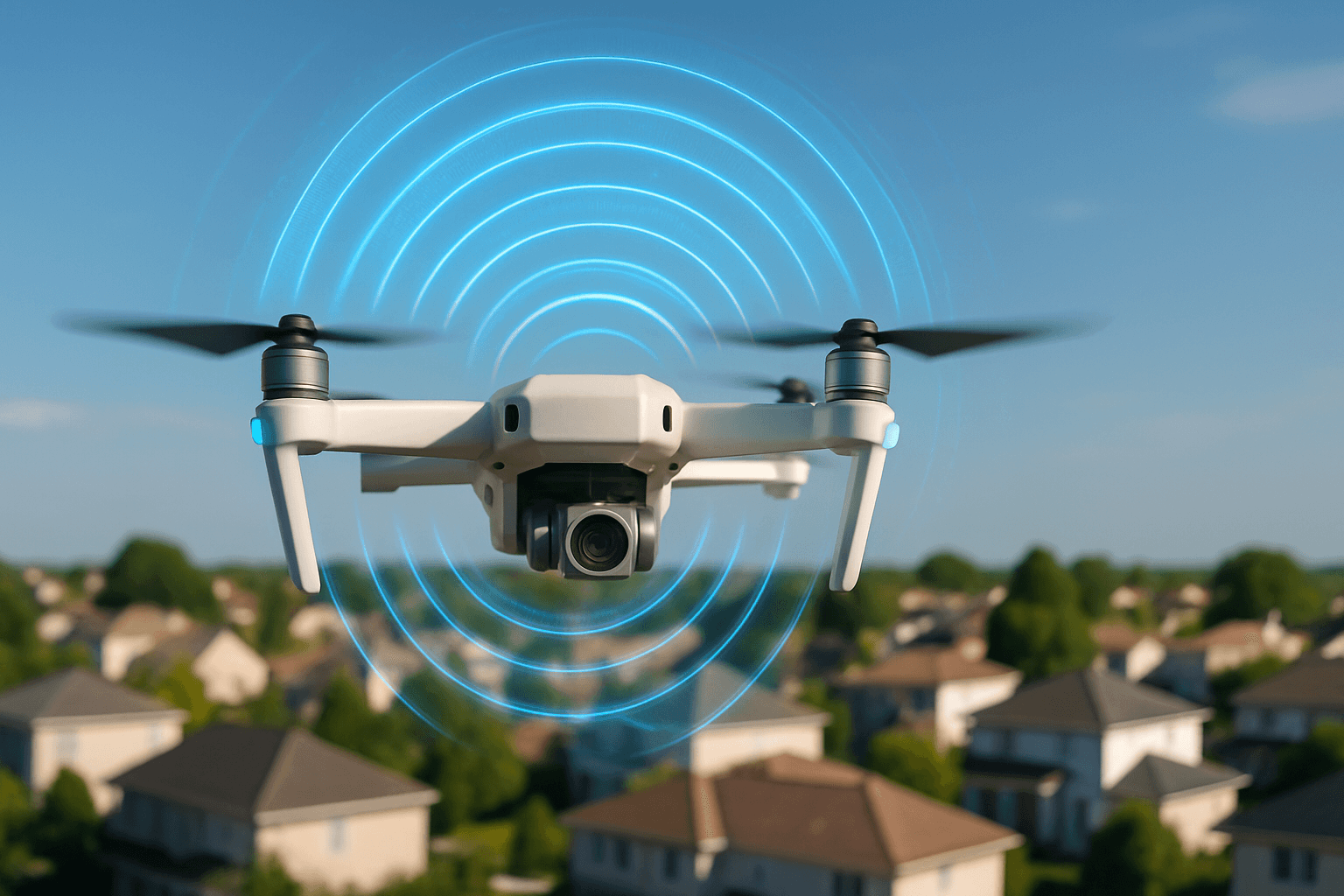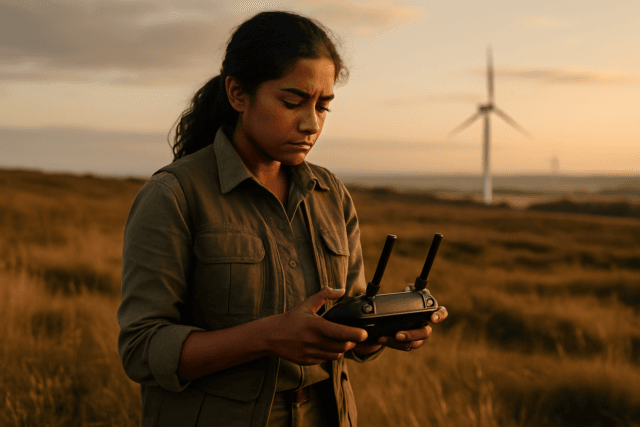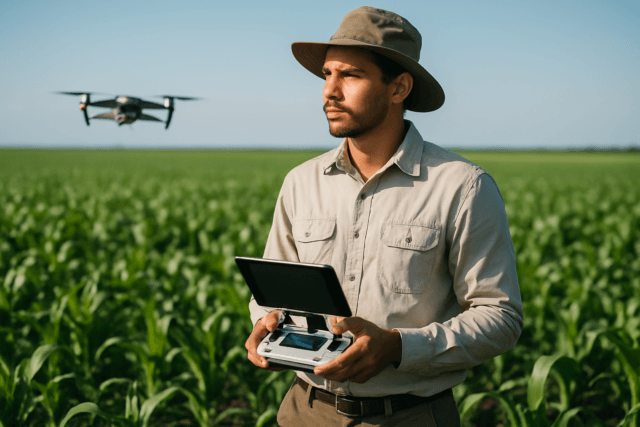Remote ID is a technology that enables drones in flight to transmit identification and location information, which can be received by other parties via a broadcast signal. Think of it as a digital license plate for drones, allowing them to be identified by people or equipment not directly associated with the drone operator. This article will explain the concept of Remote ID, its importance, and its current status in both the United States and the United Kingdom.
What is Remote ID?
Remote ID is a system that allows drones to broadcast their location, direction, speed, altitude, and the location of the operator in real-time. This information is intended to be publicly accessible and readable by smartphones and similar devices. The goal is to improve the ability to identify individuals misusing drones and enable enforcement.
Why is Remote ID Necessary?
Remote ID lays the foundation for the safety and security needed for more complex drone operations, such as drone delivery and flying beyond the visual line of sight. It also helps authorities locate the control station when a drone is flying in an unsafe manner or where it is not allowed to fly.
Here’s why Remote ID is essential:
- Monitoring air traffic: It aids in monitoring and managing increasing drone traffic, reducing the risk of air collisions.
- Identifying risks: Remote ID assists in identifying unauthorized or suspicious drone activities in sensitive areas.
- Enabling complex operations: It provides a framework for more advanced drone operations like delivery services and flights beyond the visual line of sight.
- Enhancing safety and security: It allows authorities to respond effectively to drones flying in an unsafe manner or in restricted areas.
Remote ID in the United States
The Federal Aviation Administration (FAA) has mandated Remote ID in the United States. All drone pilots required to register their drones must operate in accordance with the rule on Remote ID.
Compliance Methods
Drone operators in the US have multiple ways to comply with the Remote ID rule:
- Standard Remote ID Drone: Operate a drone with built-in FAA-approved Remote ID broadcast capabilities.
- Remote ID Broadcast Module: Attach a Remote ID broadcast module to a drone, which broadcasts identification and location information. The pilot must be able to see the drone at all times during flight.
- FAA-Recognized Identification Area (FRIA): Fly within an FAA-Recognized Identification Area (FRIA), which is a defined geographic area where drones can be flown without Remote ID equipment. Drones without Remote ID must operate within visual line of sight and within the FRIA.
Broadcast Specifications
Remote ID information is broadcast to the public and readable by smartphones and similar devices. The ASTM F3411 standard specifies Open Drone ID broadcasts using Wi-Fi and Bluetooth Low Energy (BLE) on the 2.4 GHz and related ISM radio bands.
- Wi-Fi: Used for longer-range messages, either in beacon frames or NAN service discovery frames on channels 6 and 149.
- Bluetooth Low Energy (BLE): Used for short-range messages.
Registering Drones with Remote ID
Recreational drone pilots can register once and use their registration number for all drones. During registration, the serial numbers of each Standard Remote ID drone and/or the Remote ID broadcast module must be listed. If using a broadcast module, the Remote ID serial number attached to the module must be listed for each drone not equipped with Standard Remote ID.
Remote ID in the United Kingdom
The UK Civil Aviation Authority (CAA) is currently reviewing whether to implement Remote ID ahead of the regulatory deadline of January 1, 2026.
Current Status
While the requirement for Remote ID already exists in Regulation (EU) 2019/945 and 2019/947, it has yet to be implemented in the UK. The CAA, on behalf of the Department for Transport (DfT), is in the process of determining the best way forward.
In June 2023, the CAA issued a Request For Information (RFI) to potential suppliers and service providers to gather information on the market’s readiness for Remote ID implementation. The CAA is also engaging with drone manufacturers to gather their perspectives on the proposed Remote ID system.
Challenges and Considerations
The UK CAA’s request for £15 million in funding for the development of its Remote ID Integration Provider system was denied by the DfT, posing challenges to the implementation plans.
One of the major changes being explored as part of the Remote ID system is mandating that drones will not be able to fly unless Remote ID is enabled.
Concerns and Criticisms
Some experts have raised concerns about the business justification for Remote ID in the UK, questioning its accuracy in assessing the true capabilities of the scheme. There are also concerns that existing technologies like AeroScope and the national drone array are being ignored.
Conclusion
Remote ID is a crucial step toward integrating drones safely and securely into the airspace. While the United States has already implemented Remote ID regulations, the United Kingdom is still in the process of reviewing and determining the best approach. As drone technology continues to evolve, Remote ID will play an increasingly important role in ensuring the safety and security of the skies.





